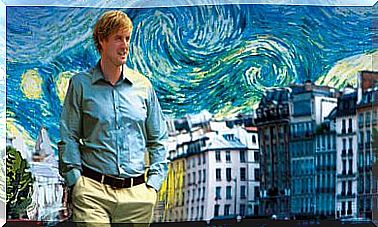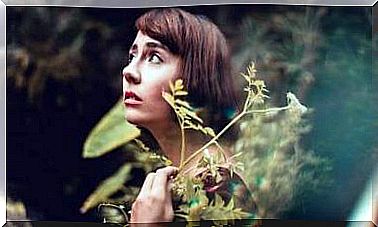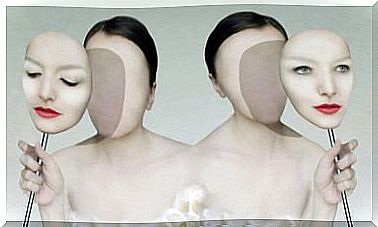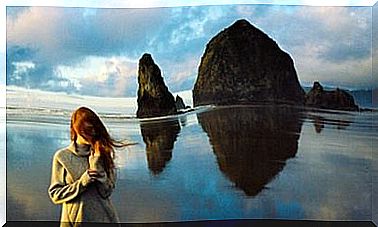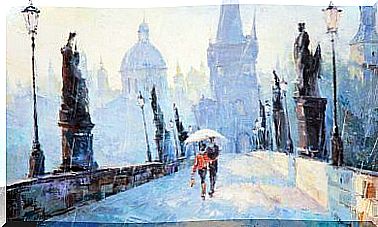Antoni Gaudí, Biography Of A Prodigious Architect
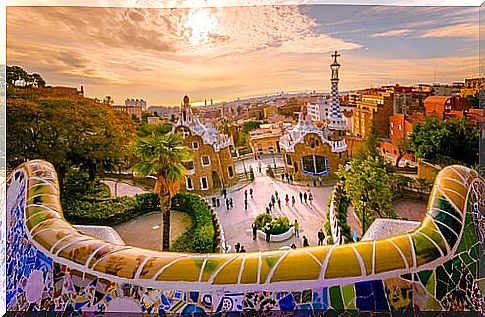
Antoni Gaudí was one of those men who can be called a “genius” with all his lyrics. More than an architect, he was an integral artist who demonstrated his ingenuity and sensitivity in each of his works. His style is unique and unmistakable. Not for nothing, eight of his works are currently a World Heritage Site.
Gaudí had three great passions throughout his life: nature , art and religion. He dedicated the best of his talent and ability to each of these areas. He had practically no personal life, as he gave himself fully to his work and his convictions.
Although his particular way of seeing architecture was highly valued in his time , the true consecration of Antoni Gaudí occurred after his death. Today he is considered one of the most important architects of all time and his work is the object of research and study throughout the world.
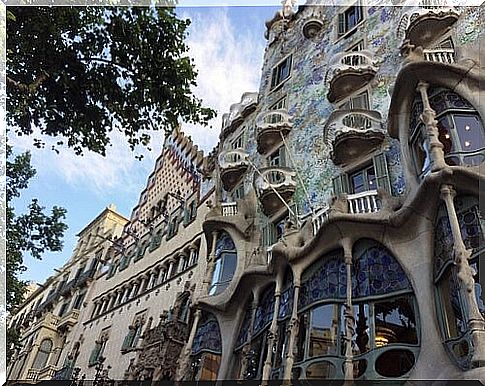
Antoni Gaudí, a silent child
One of the most notable aspects of Antoni Gaudí’s life was that he was born into a family with a long tradition of craftsmanship. At least five generations prior to him had worked in the manufacture of copper products. His father and his two grandparents were boilermakers. They made barrels for the distillation of grapes in Tarragona.
Many times Gaudí pointed out that the visions of these large objects during his childhood had accustomed him to conceiving the world in three dimensions. For him, rigid materials and large figures could always be malleable. You would apply this unique concept to your architecture.
It is not known if Antoni Gaudí was born in Reus or Riudoms. He himself claimed to come from both places, throughout his life. What is known is that he came into the world on June 25, 1852 and that his health was so fragile that they decided to baptize him the next day, anticipating that he would die.
Throughout his childhood he was sickly. This made him an introverted and silent child, but also a great observer of nature. Its architecture always wanted to imitate the natural. For this reason, he preferred the curves of the real world to the straight lines of the planes. This marked his unmistakable style.
A different architect
His family went to live in Barcelona and in 1874 Antoni Gaudí entered the School of Architecture. That same year he drew up his first designs and immersed himself in the study of the architectural works of different cultures.
In 1876, his mother, 57, and his brother Francisco, 25, died. The latter had just graduated as a doctor. This was a strong blow for Gaudí. Since then he began working as a part-time draftsman, to complete the payment of his studies.
Three years later Rosa, the only sister left alive, died. He had a daughter and Gaudí was left in charge of her. That same year he met Eusebio Güell, who would become his great friend and patron. His fame as an architect was beginning to grow.
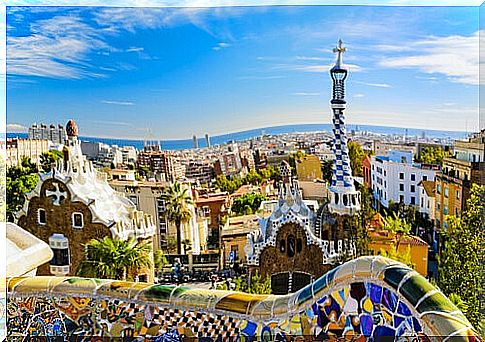
Misfortune and glory
Antoni Gaudí only fell in love with a woman. The lucky one was Pepeta Moreu, an embroiderer who wrote to tell him that the banner for the Cooperativa Obrera Mataronense, commissioned by the architect, was too difficult to make. When he met her personally, he was captivated.
Since then, he has been punctual every Sunday to eat at Pepeta’s house. He was in the company of his little niece, Rosa. When he finally asked her to marry him, Pepeta turned him down. Antoni Gaudí was not exactly a monument to elegance, quite the opposite. Pepeta is said to have said that he could not accept a man who “has a snotty mustache .”
At that time, 1883, the construction of his masterpiece began: La Sagrada Familia. He also became an anchorite, more and more mystical and more dedicated to his work than ever. He went to Mass several times a day and fasted so excruciatingly that he often endangered his health.
He also had to suffer the death of his father, his niece and his great benefactor, Eusebio Güell. This immersed him even more in his religious beliefs. In 1926 he was hit by a car. His appearance as a beggar led him to be taken to a hospital for the needy. He died three days later. All of Barcelona cried for him.
